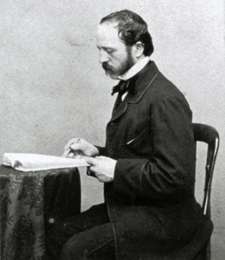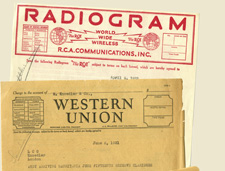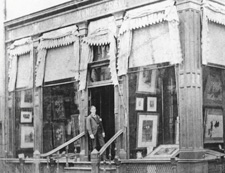Knoedler Gallery Archive
M. Knoedler & Co. records, circa 1848–1971
The Knoedler Gallery Archive illuminates the business relationships and records of one of America's oldest and most preeminent art galleries. Founded in 1848 as the New York branch of the French firm Goupil & Cie before the creation of most museums in this country, the Knoedler Gallery was able to play a central role as a conduit for the masterworks that established American collections. The firm's archive traces the development of the once provincial American art market into one of the world's leading art centers and the formation of the private art collections that would ultimately establish many of the nation's leading art museums, such as the Frick Collection and the National Gallery of Art.
| ||||||
With the exception of the reference library, which the gallery sold separately in January and which consists of titles already in the Getty Research Institute's library, this acquisition represents the complete archive of the gallery's operations from the 1850s to 1971, when it was acquired by Armand Hammer. The archive includes stock books, sales books, and commission books; correspondence with collectors, artists, art dealers, and other associates; photographs of artworks sold by the gallery; records from the firm's offices in London, Paris, and other cities; exhibition files; framing and restoration records, and records of the firm's Print Department.
| ||||||
This archive adds remarkable unpublished resources to the Getty Research Institute's collections documenting the history of taste, the art market, collecting, patronage, and artists and works of art represented by particular galleries. It complements resources already held at the Research Institute, such as the archives of Goupil & Cie (later Boussod, Valadon & Cie) and Duveen Brothers, which was in business at the same time and often worked with the same clients.
Housed for decades in the Knoedler Gallery's New York office, and previously not widely accessible for study, portions of the archive have been digitized, ensuring accessibility for the broadest possible range of international researchers. A portion of this archive was processed and partially digitized with support from the National Endowment for the Humanities. | ||||||




